Born From Corn Lesson Series
Born from Corn is an engaging and comprehensive series of three lesson plans that delve into Maya cosmovision, not only in the past, but also as living cultures. These important themes such as identity, sustainability, agriculture, and social justice are designed for students in grades K-2, 3rd, 6th, and 7-12, and are tailored to meet diverse needs and learning styles, and can provide opportunities for cross curriculum collaborations.
Nacidos del Maíz Nacido del Maíz es una serie de tres planes de lecciones dinamicas y completas que profundizan en la cosmovisión Maya, no solo en el pasado, sino también como culturas vivas. Trata temas importantes como la identidad, la sostenibilidad, la agricultura y la justicia social. Están diseñadas para estudiantes de grados de K-2, 3ro, 6to y 7-12, y se adaptan tratan de adaptarce a diversas necesidades y estilos de aprendizaje, además de ofrecer oportunidades para colaboraciones interdisciplinarias.
Kindergarten - 2nd Grade  3rd Grade
3rd Grade  6th Grade
6th Grade  7th -12th Grade
7th -12th Grade  Teacher Tips
Teacher Tips
 Kindergarten - 2nd Grade
Kindergarten - 2nd Grade
This lesson will introduce; corn as the source of life and existence for the Indigenous people of Americas (specifically the Maya), practices that are still present today, and the important connection between culture, nature and sustainability.
The second lesson will discuss color from an Indigenous perspective (specifically the Maya). This includes literature, symbolism, murals, textiles, and estella paintings. The lesson explores colors and their appearance in the Popol Vuh and the modern day process of natural pigments and dyes.
This lesson explores foods that are latino to the American continent, the ways food migrates from one place to another, and how the Maya grow crops through a sustainable agricultural system called "La Milpa".
Esta lección introducirá el maíz como la fuente de vida y existencia para los pueblos indígenas de las Américas (espedficamente los Maya), las prácticas que todavía están presentes hoy en día y la importante conexión entre cultura, naturaleza y sostenibilidad.
La segunda lección tratará sobre el color desde una perspectiva indígena (específicamente la de los Maya). Esto incluye literatura, simbolismo, murales, textiles y pinturas estelares. La lección explora los colores y su aparición en el Popol Vuh y el proceso moderno de pigmentos y tintes naturales.
Esta lección explora los alimentos nativos del continente americano, la forma en que los alimentos migran de un lugar a otro y cómo los Maya cultivan sus cosechas a través de un sistema agrícola sostenible llamado "La Milpa".
This glossary covers all three lessons and consent is provided in both English and Spanish.
This choice board was created to was created with Differentiated Learning, flexibility and adaptability in mind. We hope it can provide a structured yet flexible approach for students to show their learning, allowing them to take ownership of their education while promoting creativity, engagement, critical thinking, and autonomy.
The "See-Think-Wonder" chart is a versatile tool used across various subjects to engage students in deeper thinking, encourage critical observation, and stimulate curiosity by guiding them through a structured process of observation, interpretation, and questioning. It's often used with images, texts, videos, or any content that can be observed and analyzed. Developed by Harvard School of Education.
Learn More

 3rd Grade
3rd Grade
This lesson will introduce; corn as the source of life and existence for the Indigenous people of Americas (specifically the Maya), practices that are still present today, and the important connection between culture, nature and sustainability.
The second lesson will discuss color from an Indigenous perspective (specifically the Maya). This includes literature, symbolism, murals, textiles, and estella paintings. The lesson explores colors and their appearance in the Popol Vuh and the modern day process of natural pigments and dyes.
This lesson explores foods that are latino to the American continent, the ways food migrates from one place to another, and how the Maya grow crops through a sustainable agricultural system called "La Milpa".
Esta lección introducirá el maíz como la fuente de vida y existencia para los pueblos indígenas de las Américas (espedficamente los Maya), las prácticas que todavía están presentes hoy en día y la importante conexión entre cultura, naturaleza y sostenibilidad.
La segunda lección tratará sobre el color desde una perspectiva indígena (específicamente la de los Maya). Esto incluye literatura, simbolismo, murales, textiles y pinturas estelares. La lección explora los colores y su aparición en el Popol Vuh y el proceso moderno de pigmentos y tintes naturales.
Esta lección explora los alimentos nativos del continente americano, la forma en que los alimentos migran de un lugar a otro y cómo los Maya cultivan sus cosechas a través de un sistema agrícola sostenible llamado "La Milpa".
This glossary covers all three lessons and consent is provided in both English and Spanish.
This choice board was created to was created with Differentiated Learning, flexibility and adaptability in mind. We hope it can provide a structured yet flexible approach for students to show their learning, allowing them to take ownership of their education while promoting creativity, engagement, critical thinking, and autonomy.
The "See-Think-Wonder" chart is a versatile tool used across various subjects to engage students in deeper thinking, encourage critical observation, and stimulate curiosity by guiding them through a structured process of observation, interpretation, and questioning. It's often used with images, texts, videos, or any content that can be observed and analyzed. Developed by Harvard School of Education.
Learn More

 6th Grade
6th Grade
This lesson will introduce; corn as the source of life and existence for the Indigenous people of Americas (specifically the Maya), practices that are still present today, and the important connection between culture, nature and sustainability.
The second lesson will discuss color from an Indigenous perspective (specifically the Maya). This includes literature, symbolism, murals, textiles, and estella paintings. The lesson explores colors and their appearance in the Popol Vuh and the modern day process of natural pigments and dyes.
This lesson explores foods that are latino to the American continent, the ways food migrates from one place to another, and how the Maya grow crops through a sustainable agricultural system called "La Milpa".
Esta lección introducirá el maíz como la fuente de vida y existencia para los pueblos indígenas de las Américas (espedficamente los Maya), las prácticas que todavía están presentes hoy en día y la importante conexión entre cultura, naturaleza y sostenibilidad.
La segunda lección tratará sobre el color desde una perspectiva indígena (específicamente la de los Maya). Esto incluye literatura, simbolismo, murales, textiles y pinturas estelares. La lección explora los colores y su aparición en el Popol Vuh y el proceso moderno de pigmentos y tintes naturales.
Esta lección explora los alimentos nativos del continente americano, la forma en que los alimentos migran de un lugar a otro y cómo los Maya cultivan sus cosechas a través de un sistema agrícola sostenible llamado "La Milpa".
This glossary covers all three lessons and consent is provided in both English and Spanish.
This choice board was created to was created with Differentiated Learning, flexibility and adaptability in mind. We hope it can provide a structured yet flexible approach for students to show their learning, allowing them to take ownership of their education while promoting creativity, engagement, critical thinking, and autonomy.
The "See-Think-Wonder" chart is a versatile tool used across various subjects to engage students in deeper thinking, encourage critical observation, and stimulate curiosity by guiding them through a structured process of observation, interpretation, and questioning. It's often used with images, texts, videos, or any content that can be observed and analyzed. Developed by Harvard School of Education.
Learn More

 7-12 Grade
7-12 Grade
This lesson will introduce; corn as the source of life and existence for the Indigenous people of Americas (specifically the Maya), practices that are still present today, and the important connection between culture, nature and sustainability.
The second lesson will discuss color from an Indigenous perspective (specifically the Maya). This includes literature, symbolism, murals, textiles, and estella paintings. The lesson explores colors and their appearance in the Popol Vuh and the modern day process of natural pigments and dyes.
This lesson explores foods that are latino to the American continent, the ways food migrates from one place to another, and how the Maya grow crops through a sustainable agricultural system called "La Milpa".
Esta lección introducirá el maíz como la fuente de vida y existencia para los pueblos indígenas de las Américas (espedficamente los Maya), las prácticas que todavía están presentes hoy en día y la importante conexión entre cultura, naturaleza y sostenibilidad.
La segunda lección tratará sobre el color desde una perspectiva indígena (específicamente la de los Maya). Esto incluye literatura, simbolismo, murales, textiles y pinturas estelares. La lección explora los colores y su aparición en el Popol Vuh y el proceso moderno de pigmentos y tintes naturales.
Esta lección explora los alimentos nativos del continente americano, la forma en que los alimentos migran de un lugar a otro y cómo los Maya cultivan sus cosechas a través de un sistema agrícola sostenible llamado "La Milpa".
This glossary covers all three lessons and consent is provided in both English and Spanish.
This choice board was created to was created with Differentiated Learning, flexibility and adaptability in mind. We hope it can provide a structured yet flexible approach for students to show their learning, allowing them to take ownership of their education while promoting creativity, engagement, critical thinking, and autonomy.
The "See-Think-Wonder" chart is a versatile tool used across various subjects to engage students in deeper thinking, encourage critical observation, and stimulate curiosity by guiding them through a structured process of observation, interpretation, and questioning. It's often used with images, texts, videos, or any content that can be observed and analyzed. Developed by Harvard School of Education.
Learn More

 Teaching Tips
Teaching Tips
For more more information on how to teach these lessons in your classes reach out to Artes de Mexico en Utah.
Si deseas más información sobre como enseñar estas lecciones en tus clases contacta a Artes de Mexico en Utah.
Read the resource packages thoroughly before teaching them in class. Watch the videos and try to complete the worksheets to use them as examples with your students.
Lee muy bien los paquetes de recursos antes de enseñarlas en clase. Mira los videos y trata de llenar las hojas de trabajo para usarlas como ejemplo con tus estudiantes
Spend some time getting familiar with the vocabulary words. You can create a Zine or a small booklet of words for your students to use as a reference.
Pasa un poco de tiempo familiarizado con las palabras de vocabulario. Puedes crear un Zine o pequeño librito de palabras para que tus estudiantes las utilicen como referencia.
Divide the lessons into different classes; you don't have to teach everything in one day. You can also select images that better suit your students. I suggest trying to use the presentation according to your class's personality, not solely based on the school grade.
Divide las lecciones en diferentes clases, no tienes que enseñar todo en un dia. También puedes seleccionar las imágenes se adapten mas a tus alumnos. Yo sugiero que intentes usar las presentación de acuerdo a la personalidad de tu clase y no solo en base al grado escolar.
Look for the books and stories we recommended in your library. As a teacher, I've been teaching this topic for several years and I've noticed that students connect better when we tell stories from memory, using our own voice, or when reading from picture books. I really enjoy bringing colorful corn to the class when we read stories. I've also made tortillas and popcorn in class so that students can see how they are prepared and enjoy them while they work.
Busca en tu biblioteca los libros y cuentos que te recomendamos. Como maestra, llevo algunos anos ensenando este tema y me he dado cuenta de que los estudiantes se conectan mejor cuando les contamos los cuentos de memoria, usando nuestra propia voz, o leyendo desde libros con dibujos. Me gusta mucho llevar maíz de colores a la clase cuando leemos los cuentos. También he hecho tortillas y palomitas en la clase para que lo estudiantes vean cómo se preparan y disfrutan mientras trabajan.
For the Food Unit and the foodtruck, you can collaborate or add other subjects, such as math, to invite your students to create a small cart by decorating it according to the food they chose to sell.
Para la unidad de Comida y el carrito de comida puedes colaborar o añadir elementos, como matemáticas e invitar a tus estudiantes a crear un carrito pequeño decorandolo de acuerdo a la comida que eligieron vender.
Remember, this is new material, and we still have much to learn and improve. Don't forget to share with us if you find any grammatical or spelling errors. Also, share your successes; we would like to know how your classes are going. Send us photos at admin@artesmexut.org.
Recuerda que este es un material nuevo y todavía tenemos mucho que aprender y mejorar. No olvides de compartir con nosotros si encuentras algún error gramatical y ortográfico. Tambien comparte tus exitos, nos gustaría saber como te ha ido con estas clases, mandanos fotos a admin@artesmexut.org.
Don't forget to follow us on Artes the Mexico Social meadia or/and IG @vickylowe_arte for more information.
No olvides seguirnos en... y a vicky lowe arte para consejos, sugerencias
We will post opportunities for teacher training on our social media.
Publicaremos oportunidades para entrenamientos de maestras en nuestras páginas sociales para que puedan registrarse.





![]() 3rd Grade
3rd Grade ![]() 6th Grade
6th Grade ![]() 7th -12th Grade
7th -12th Grade ![]() Teacher Tips
Teacher Tips Kindergarten - 2nd Grade
Kindergarten - 2nd Grade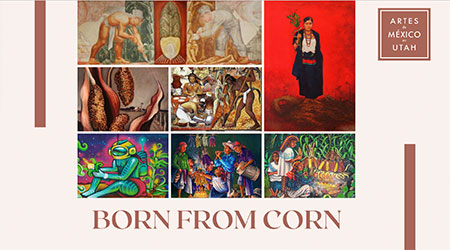
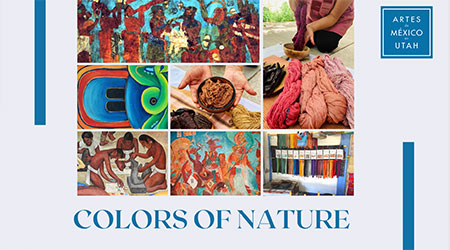
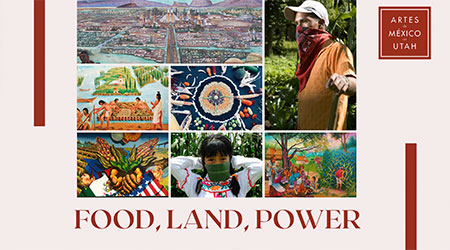
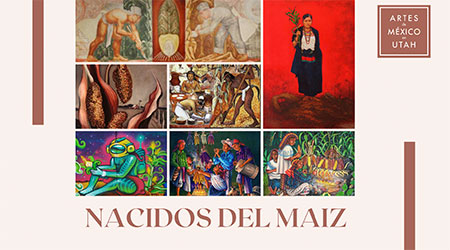
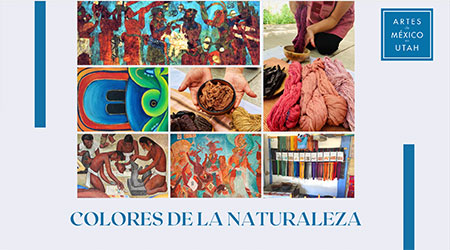
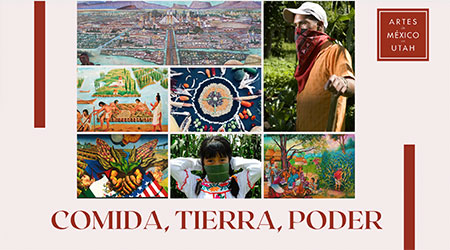
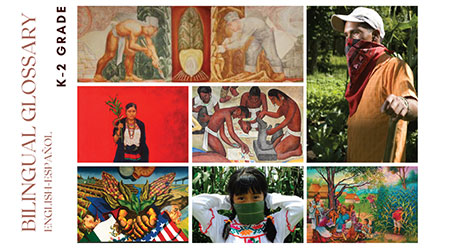
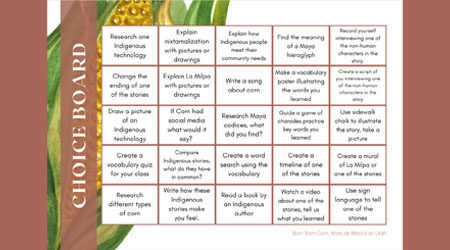
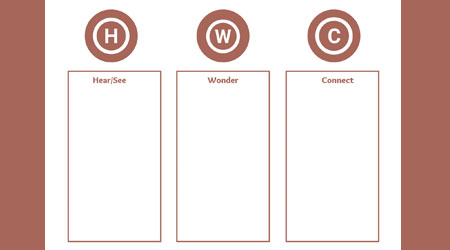
 3rd Grade
3rd Grade





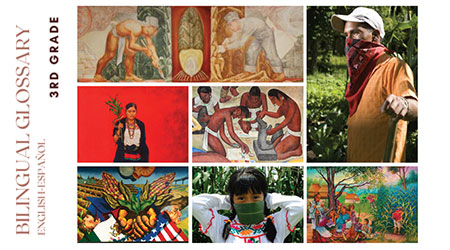


 6th Grade
6th Grade





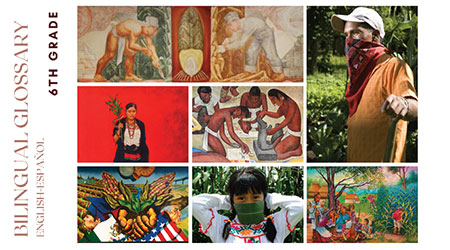


 7-12 Grade
7-12 Grade





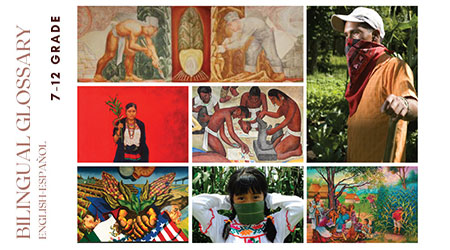




 UTAH EDUCATION NETWORK
UTAH EDUCATION NETWORK

 Justin
Justin Braxton
Braxton Dani
Dani Rob
Rob Val
Val




